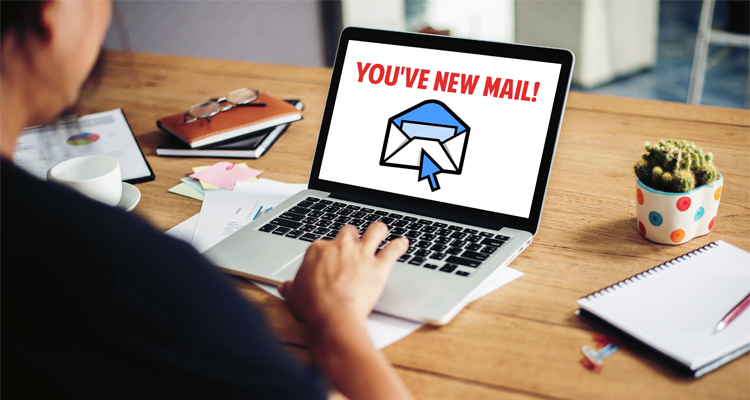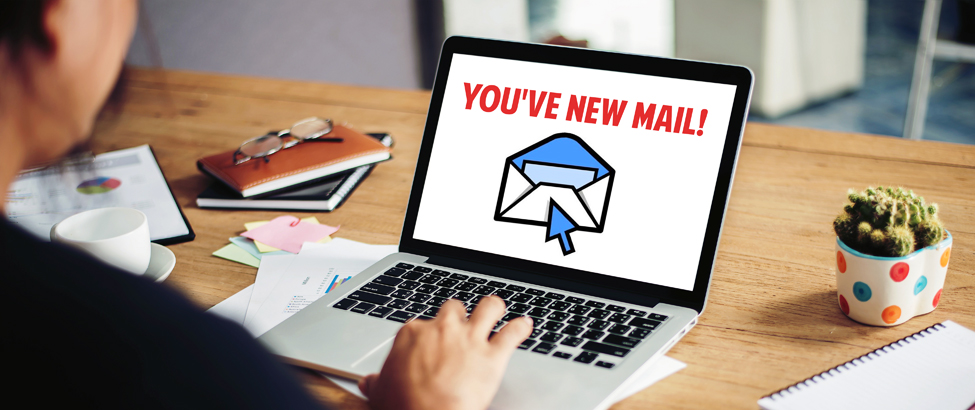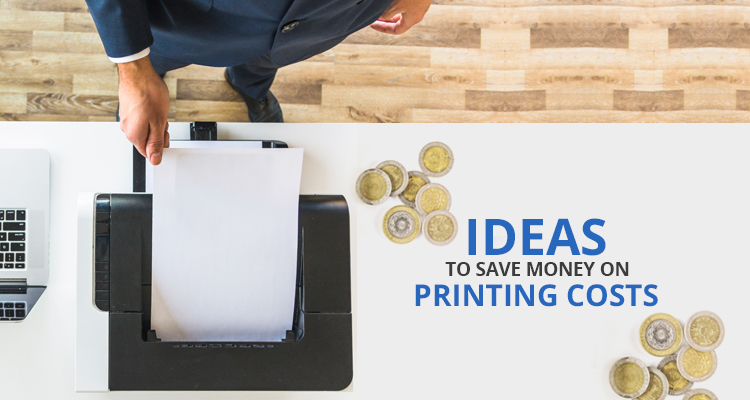
Write a Perfect Professional Email
- By Team OfficeRock
- Posted in General
- Sep 30, 2016

An email (electronic mail) is a reflection of your professionalism and it is a skill we all should master. For most of us, email is the preferred medium of choice for business communication to get our works done. An email need to be professional to portray a good image and reputation of you and your organization, so it’s important to get it right.
How you write your emails matters to the recipients of your emails, follow these email etiquette tips in order to write better-constructed emails and make emailing more enjoyable.
Subject Line – The Window into your email
A subject line is the first thing to grab the attention of your recipients, so writing an effective subject line is one of the toughest parts of the email. Your email is not the only one in your recipient’s inbox, a subject line often helps a recipient to decide how important your email is to them and whether to open it. Make sure you write your subject line of 50 characters or less with a most prominent piece of information. Nowadays mobile phone has become the primary email reading device for many, so ensure that your subject line is small screen friendly and appear in full. NEVER WRITE YOUR SUBJECT LINE USING ALL CAPS because it is the email equivalent of yelling at your recipient.
If your subject line is not descriptive of your email content, it will make your recipient feel tricked when they open the email. It is equally important to make sure that you do not send messages with blank subject lines.
Greeting/Salutation – Common Courtesy
When you’re communicating electronically, greetings and salutations can politely establish a fruitful connection between you and the recipient. Chatty/text message greetings such as “Hello there,” “What’s up,” “Hey”, or “Hi” are not appropriate in business communications. Make sure you double-check the spelling of the recipient’s name because a misspelled name creates a negative impression. It is important to have a good idea of your target audience and you need to write the greeting depends on how well you know your recipient. An effective greeting and salutation before getting into the meat of a message help to improve the tone of your email and it also shows that you are a friendly human being.
Here are some example salutations and greetings of business emails:
Salutations:
- Dear Sir
- Hello Madam
- Dear Mr. Chris
- Dear Sir/Madam (If you don’t know whether you are writing to a man or a woman)
- Dear Dr. Chris
Make sure you don’t use “Miss” or “Mrs.” since you don’t know your recipient's marital status and it is absolutely not relevant in a business email. Also, it is important to ensure that your salutations are followed by a comma (,).
Greetings:
- How are you
- I hope everything is going well with you
- I trust you and your co-workers are fine
- I trust your week is off to a good start
State your purpose - The meat of the email
Everyone wants to read their emails as fast as they can and it’s important to respect your recipient’s time. Get straight to the point and do not make your email longer than it actually needs to be. It is always good to split your email body into short paragraphs and each paragraph dealing with a single point. Your first paragraph should contain the key details, the context of the email and a good summary of your purpose. Make sure you don’t type your message in ALL UPPERCASE. Keep messages brief, an email that fits on one screen is effective. It is not a wise idea to send your very personal and sensitive information by email. Separate your points with bullets if necessary.
When you have to send an attachment mention what’s being attached and I recommend attachments no larger than 2MB. Some email software can’t process large attachments and you don’t know what software your recipient has. If you need to send your recipient a large file, it is also good to ask them before you send. Make sure you proofread your email before you hit send.
Closing – sensible closing remarks and signature
The closing of your professional email is as important as the salutation and greeting. It is also a way to show how concerned you are about your recipient’s time and your expression of the action expected from the reader. Make sure you thank your recipient once again and write an effective closing remark such as thanks again, best wishes, warm regards, take care, have a great day, sincerely or respectfully yours etc.
Use a simple signature including your full name, job title, organization’s address, phone number, email, and website links. Of course, your firm will be having some strategies on the signature part. Add a legal disclaimer if required by your organization. The bottom line is making it easy for the recipient to contact you. Always remember, your signature is your identity, so do it right!
Edit, Format, and Grammar & Spell Check - Don’t Rush to hit the Send Button
Make sure your write your email with no spelling, punctuation, and grammar errors. Reread your draft several times, preferably aloud, to avoid any spelling and grammar errors. Don’t write a full sentence in capital letter and ensure “I” and the first letters of proper nouns are capitalized. Also, make sure you capitalize the first letter of each sentence. Acronyms such as USA, UNA, and BBC etc. should be capitalized. Only use plain text because RICH text and HTML are difficult to read if formatting errors happened. Sending emotions in a professional email is very inappropriate. Make grammar and spelling check as a default setting in your email to check all messages before you hit send button. I highly recommend Grammarly as your grammar and spell check tool because it automates the process of proofreading and makes your writing better, I personally love it!
Write your recipients email address
Insert your recipient's email address when you are sure the email is ready to be sent because you don’t wish to send it accidently before you finish your email. Double check when you add an email address to your “To” line.
Choosing a smart email client matters as it can help you save your time and automate some of your tasks.
There you have it! These are some general etiquettes that will give you some definite advantages, apart from this your organization may also have some emailing rules and policies, make sure you follow them too!
Feel free to leave additional tips!













